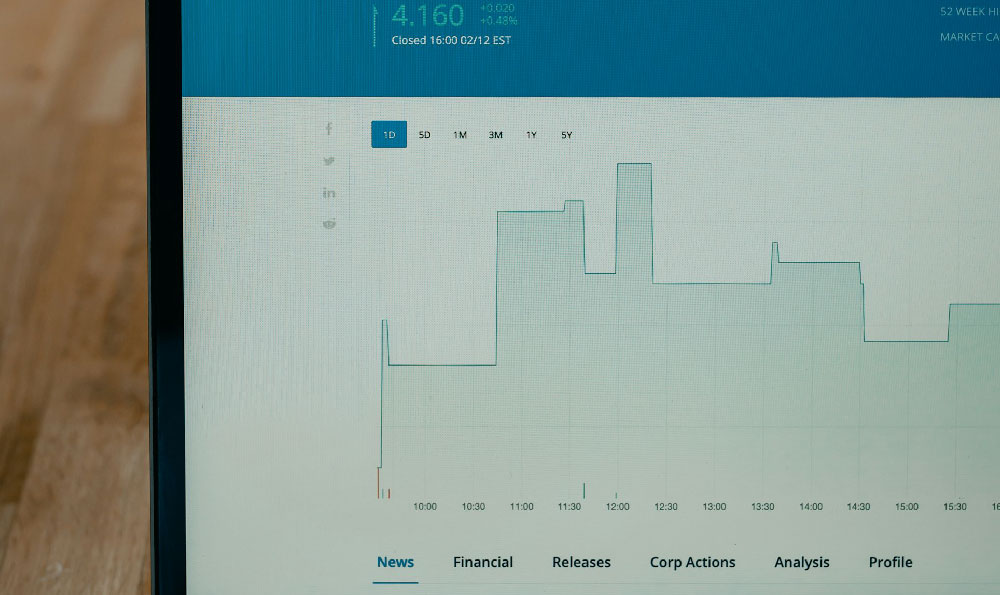The digital marketplace has become a fertile ground for entrepreneurs seeking to generate income online, with Shopify serving as a powerful platform for building and scaling e-commerce businesses. At its core, Shopify offers an intuitive ecosystem that streamlines operations from product sourcing to customer engagement, enabling individuals to turn ideas into profitable ventures with minimal overhead. Success in this space, however, is not guaranteed by simply launching a store—it demands a strategic approach that aligns with market trends, consumer behavior, and the ever-evolving landscape of online retail. Understanding how to leverage Shopify’s tools while refining your business model can unlock opportunities to create sustainable revenue streams and achieve long-term financial goals.
A critical first step is to identify a niche that resonates with both your passions and market demand. Shopify’s flexibility allows entrepreneurs to cater to specific audiences, whether it’s sustainable fashion, tech gadgets, or personalized skincare products. This tailored focus not only differentiates your brand from generic competitors but also builds a loyal customer base. Researching emerging trends, analyzing competitors, and assessing local or global market gaps are essential to uncovering a profitable niche. For example, the rise of eco-consciousness has given birth to brands selling recyclable packaging or carbon-neutral products, aligning with sustainability-driven consumers. By pinpointing a niche with a clear problem-solution dynamic, you can structure your offerings to meet real market needs while reducing the risk of oversupply.
Selecting the right product or service is equally vital. While some opt for dropshipping, others explore private labeling or print-on-demand models, each with distinct advantages and challenges. Shopify’s supplier directory facilitates dropshipping by connecting sellers with vendors who handle inventory and shipping, allowing you to test markets without upfront costs. However, this approach requires careful selection of products with competitive pricing and high search volume. Alternatively, private labeling involves sourcing products directly from manufacturers, enabling greater control over quality and pricing. This method, though more capital-intensive, can yield higher margins and brand customization. For those interested in digital products, Shopify’s store creation tools allow seamless integration with downloadable content, online courses, or print-on-demand services, expanding revenue opportunities beyond physical goods.

Creating a compelling brand identity is what transforms a store into a recognizable entity. Shopify’s design templates, coupled with customizable themes, provide a foundation for building visually appealing storefronts. Yet, beyond aesthetics, a strong brand is defined by storytelling, value proposition, and emotional resonance with customers. Consumers today prioritize authenticity, so aligning your brand with a mission—such as ethical sourcing or zero-waste practices—can foster trust and loyalty. Consistent branding across all touchpoints, from product descriptions to packaging, reinforces customer recognition. Additionally, leveraging Shopify’s marketing tools to automate email campaigns or create landing pages ensures that your brand’s messaging is amplified without requiring significant manual effort.
Optimizing your online store for performance and user experience is crucial to retaining customers and encouraging repeat purchases. Shopify’s built-in analytics provide insights into traffic sources, conversion rates, and customer behavior, helping you refine your strategies. For instance, identifying high-traffic products that underperform can lead to adjustments in pricing, bundling, or marketing. Optimizing product pages with high-quality images, detailed descriptions, and strategic keywords also improves visibility in search engines and marketplace algorithms. Furthermore, Shopify’s integration with third-party apps, such as social media scheduling platforms or inventory management systems, enhances operational efficiency and scalability.
Marketing your Shopify store effectively requires a blend of organic and paid strategies. While social media engagement, influencer collaborations, and content marketing are cost-effective methods to drive traffic, paid advertising—such as Google Ads or Facebook Ads—can accelerate growth. Shopify’s integrated marketing tools simplify campaign management, allowing for targeted ads based on customer demographics, browsing behavior, and purchase history. However, success hinges on understanding your audience’s preferences and tailoring messages accordingly. For example, leveraging user-generated content can improve trust, while retargeting ads can re-engage visitors who left without purchasing. Building a community through subscription services further ensures steady revenue, as recurring customers contribute to predictable income and brand advocacy.
Maintaining strong customer relationships is the cornerstone of long-term profitability. Shopify’s email marketing features enable personalized communication, from welcome emails to abandoned cart reminders, enhancing customer retention. Implementing loyalty programs or offering exclusive discounts for repeat purchases encourages continued engagement. Additionally, responding promptly to customer feedback and reviews fosters trust, while seamless checkout processes reduce friction and increase conversion rates. The Role of review management platforms cannot be overstated, as positive word-of-mouth significantly influences purchasing decisions.
Continuous improvement is essential for sustained success in the Shopify ecosystem. Regularly analyzing performance metrics, such as sales trends and customer acquisition costs, helps identify areas for optimization. Experimenting with new features, like Shopify Plus for enterprise scalability or Shopify Flow for automation, can elevate your business operations. Staying ahead of competitors requires proactive adaptation, whether it’s exploring new product categories, refining marketing strategies, or enhancing the customer experience. The ability to innovate and respond to market changes ensures that your Shopify store remains relevant in a competitive landscape.
In conclusion, generating income through Shopify involves a combination of strategic planning, operational efficiency, and customer-centric approaches. From niche identification to advanced marketing techniques, each step requires careful consideration and execution. By leveraging Shopify’s suite of tools while focusing on long-term value creation, entrepreneurs can build resilient e-commerce businesses that thrive in the digital economy.Ultimately, the key to profitability lies in creating a unique offering, fostering strong relationships, and continuously refining your approach to meet evolving consumer demands and market conditions.












